Theme Festival - Sci-Fi and Horror
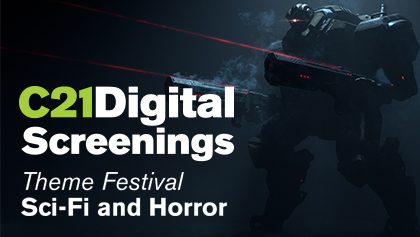
With horror and sci-fi programmes proving more popular than ever, execs including Blumhouse Television’s Chris McCumber speak to Ruth Lawes about what’s driving the trend and where the genres are heading.
Horror and sci-fi films, unlike their characters, refuse to die. Perhaps more than any other movie genre, horror films tend to be endlessly rebooted or spawn countless sequels. This year, the Halloween franchise welcomed its 12th instalment, Halloween Kills, starring original actor Jamie Lee Curtis, while next year will bring the fourth sequel to 1996’s Scream, also featuring original actors Courtney Cox and David Arquette.
But while a mainstay of cinema, horror content is a comparatively new genre for television audiences. Executives such as Craig Junner, VP of programming at Blue Ant Media, and Craig Engler, general manager of Shudder, point to 2010, and specifically the launch of US cablenet AMC Networks’ post-apocalyptic series The Walking Dead as the watershed moment for the genres on the small screen. The zombie drama, which is based on a comic book series, will have survived for 12 years when it gives up the ghost in late 2022.
Never one to miss a trend, the global streamers have also picked up on the growing popularity of horror and sci-fi programming in the years since the premiere of The Walking Dead. Netflix is behind Mike Flanagan’s gothic horror anthology series The Haunting, which to date includes The Haunting of Hill House and The Haunting of Bly Manor, while Amazon has greenlit a series adaptation of 1997 film I Know What You Did Last Summer, to name but a few.
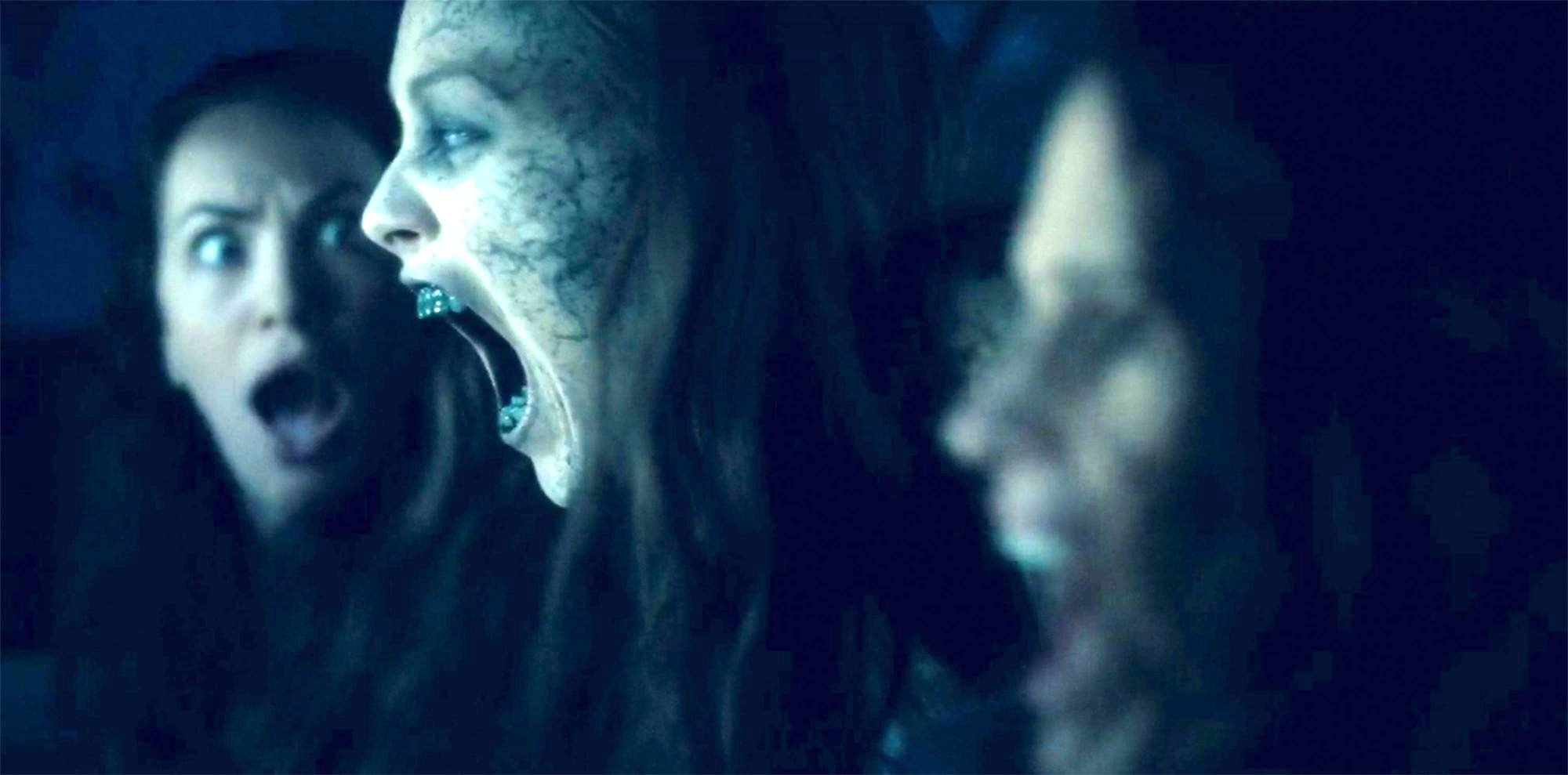
Dan March, founder and managing partner of LA-based producer and distributor Dynamic Television, points to the shifting landscape away from linear to digital as one of the primary drivers of horror and sci-fi programming.
The genres have been “traditionally underserved” on linear channels and deemed too niche, particularly when those networks have mandates to commission content that reaches the widest possible audience, March explains.
By contrast, when the streamers began rolling out, they needed both a competitive edge compared with traditional players and to offer different content from them, providing the framework for the resurgence of horror and sci-fi programming, according to March. “It’s logical and organic for Netflix to go into Germany and produce a horror show like Dark, which is not a show that any of the traditional broadcasters would have ordered,” he adds.

Added to that is the fact that horror and sci-fi audiences tend to be more “tech savvy” and are “early adopters” of digital platforms, March says.
It’s for this reason that Blue Ant relaunched its T+E network as FAST paranormal channel HauntTV in August. “It services underserved genres that were largely abandoned on broadcast or just too scattered on the schedule for viewers to find,” Junner says.
The Canadian firm took the horror route because paranormal series Ghost Adventures attracted viewing figures on T+E, “heads and shoulders above” other programming on the channel, Junner says. In just a few months since the relaunch, HauntTV has almost hit the 33 million mark for streams, he adds.
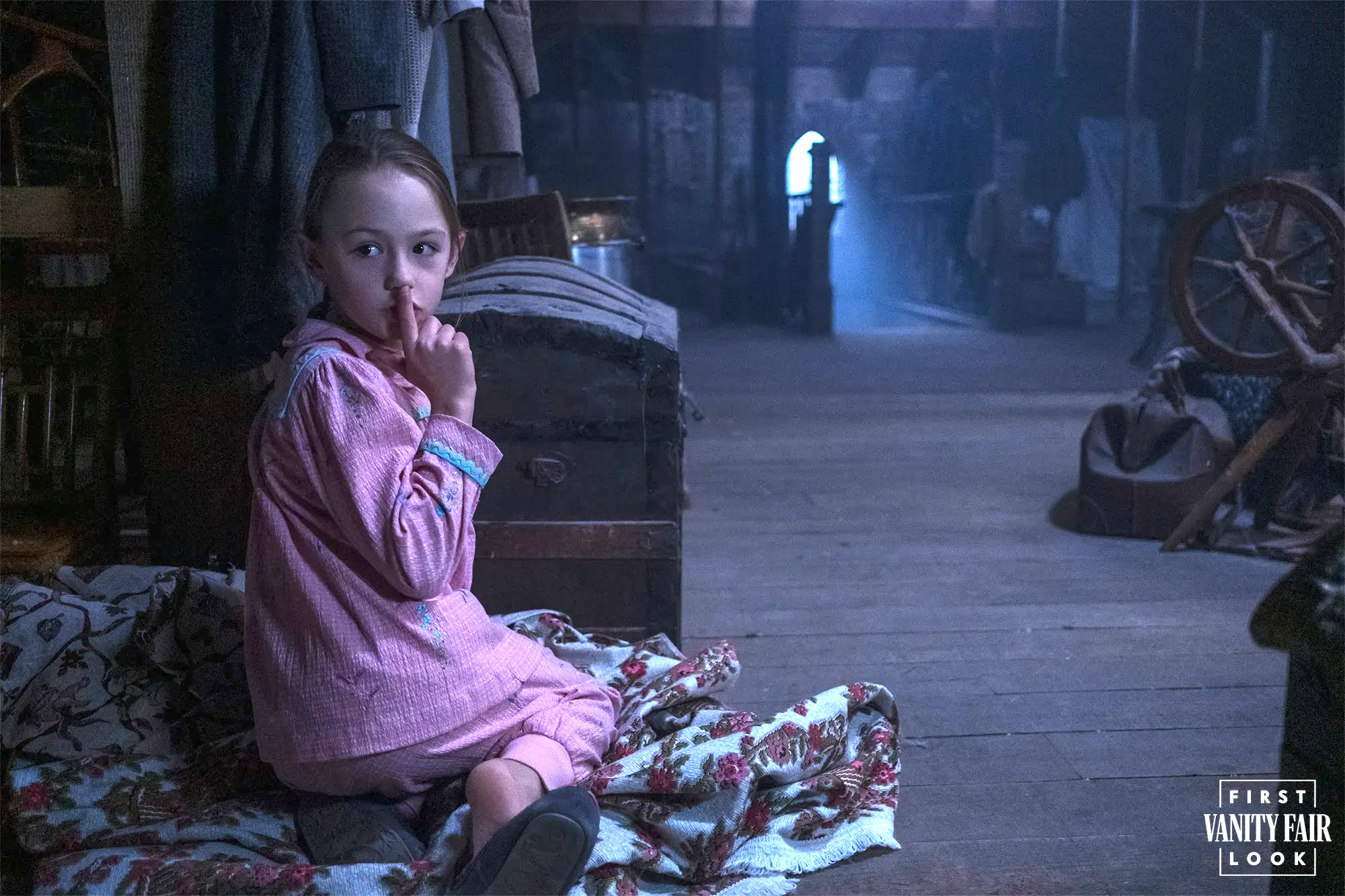
Chris McCumber, president of Blumhouse Television, a division of the Jason Blum-led studio Blumhouse, behind films such as Paranormal Activity and Jordan Peele’s Get Out, goes one step further and says horror and sci-fi programming sustains the streamers. “They’re looking to not only acquire new subscribers – and a lot of times genre-based content does that because a lot of it is a very big event in many ways – but also they’re looking to retain and engage those subscribers,” he explains.
Blumhouse produced a series of eight movies under the banner Welcome to Blumhouse for Amazon. It includes The Lie, a remake of German film We Monsters; supernatural film Evil Eye, directed by Elan and Rajeev Dassani; and Mexican-American horror Madres. “We got some reaction back from Amazon and they said not only do we bring in new viewers to the platform, but we re-engage people who have been dormant on the platform simply because they were interested in the genre,” McCumber says.
But why has horror programming boomed in the midst of a period made gruesome enough by the coronavirus pandemic? McCumber says the genre offers “true escapism,” adding: “Genre programming such as horror can be thrilling and empowering because it offers shows where you beat the monster or overcome the enemy. It’s a very basic human desire to want to persevere and overcome something that’s threatening.”
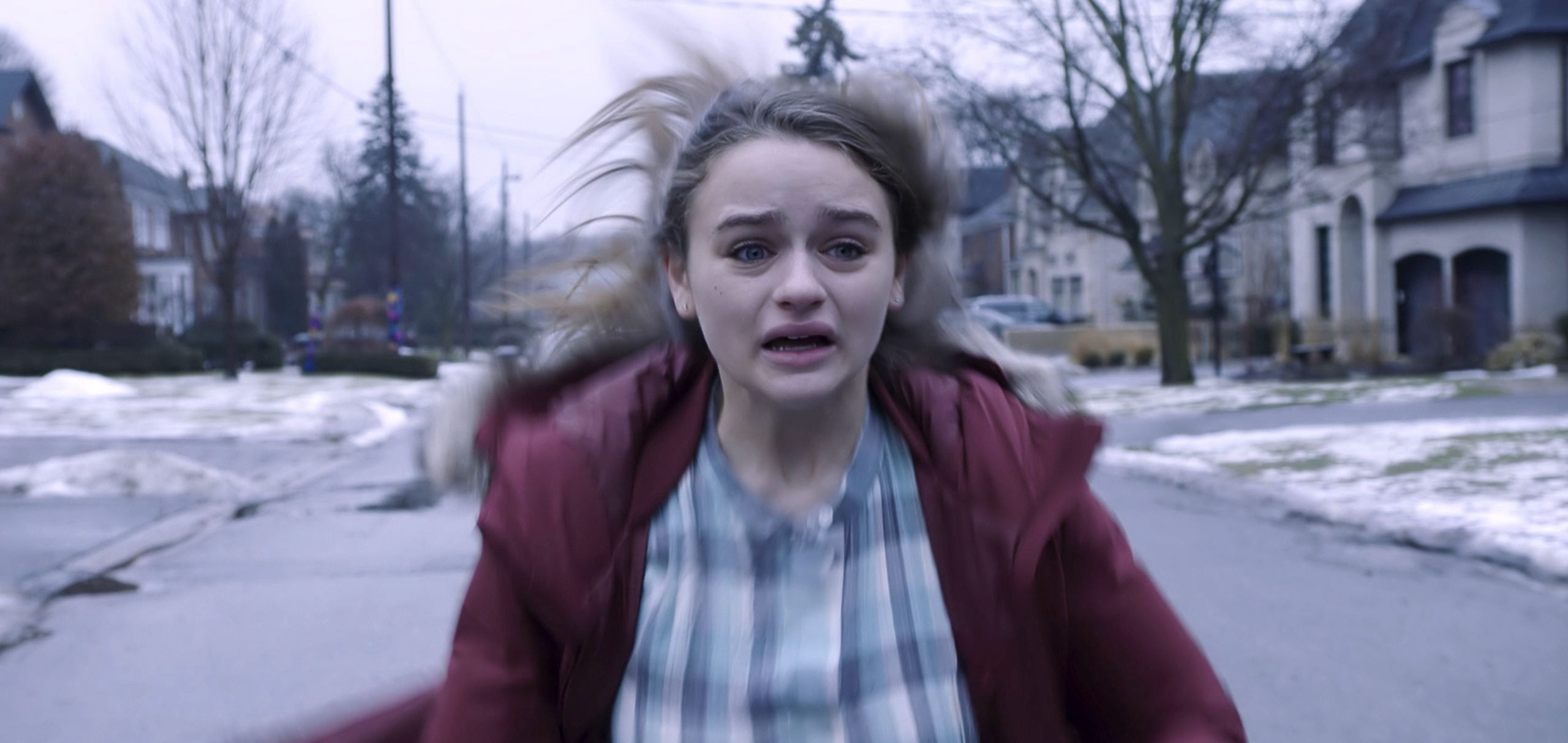
Over at Shudder, the horror-focused streamer owned by AMC, the number-one request from viewers since worldwide lockdowns started being enforced across the world last year has been for pandemic-themed programming, according to Engler. One of the SVoD service’s biggest hits has been Host, a film shot entirely in lockdown that focuses on a Zoom call between friends that goes wrong. “Scholarly research that tells us that horror provides a real catharsis for people and lets them experience something dangerous, dreadful and scary, but then return to their lives,” Engler says.
Meanwhile, Tom Owen, MD of Cinedigm-owned horror network Bloody Disgusting, argues that horror and sci-fi programming creates dramatic tension in ways other genres cannot. “Horror is good at setting up cliff-hangers and those what’s-going-to-happen-next scenarios, as it’s literally life or death,” he says.
One potential snag with horror and sci-fi shows is that, given the inevitable deaths of central characters, it does not lend itself to returnability – and therefore profit – for producers and buyers. Blumhouse’s McCumber, however, says that issue can be bypassed with strong characters and overarching narrative themes. “In genre programming, you can get so involved in building the world of it all that you forget about the characters,” he says. “But, more often than not, we’re seeing stories that have an umbrella concept for multiple seasons and characters that audiences develop an emotional connection to.”
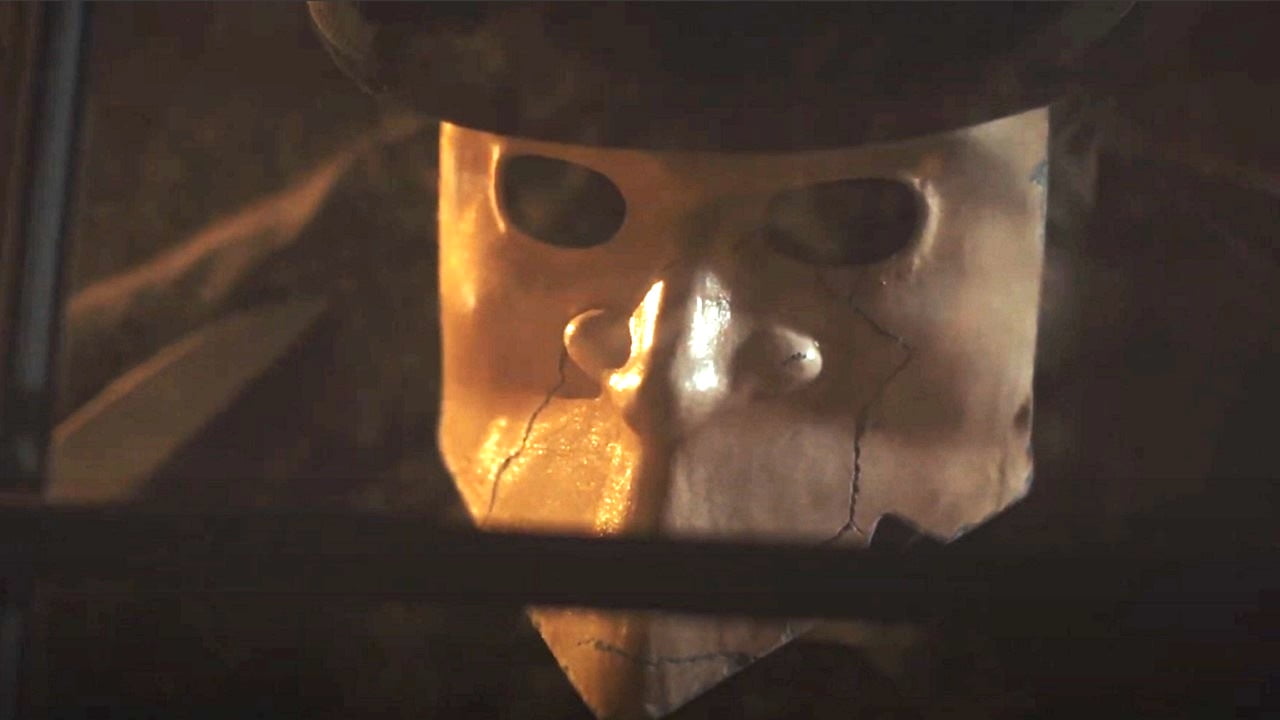
It’s why the genre has given birth to anthology series, such as American Horror Story, created by Ryan Murphy and Brad Falchuk for US cablenet FX. “Long-term horror shows are hard to sustain because you’re killing a lot of characters. And if you have something that’s scary over 20 years, the fear factor wears off,” says Shudder’s Engler. “In its place, you see a lot of anthologies. In this space, for example, we have a show called Channel Zero and recently picked up a show called Slasher: Flesh & Blood.”
As for the best source of horror IP, much like its cinema counterpoints, classic movies are in demand. “Viewers want to see new versions of films from the 1980s and 90s in particular,” Shudder’s Engler says. This is because it was the era of VHS and DVDs, which meant audiences repeatedly viewed movies and grew to love their characters, he adds. “They gave more exposure to monster characters, and it was a real moment in time when monsters broke out and became pop culture icons.” Among them are Freddy Krueger, from Wes Craven’s 1984 film A Nightmare on Elm Street, and Pinhead from the Hellraiser franchise.
Blumhouse’s McCumber says that he hopes to blur the distinction between television and film horror by jointly devising original IP with Cooper Samuelson, president of feature films at Blumhouse Productions. “What would it look like if we came up with a concept for both film and TV and launch at the same time?” he says. “I don’t have an example where that has been done, and it is an opportunity we absolutely have to figure it out.”
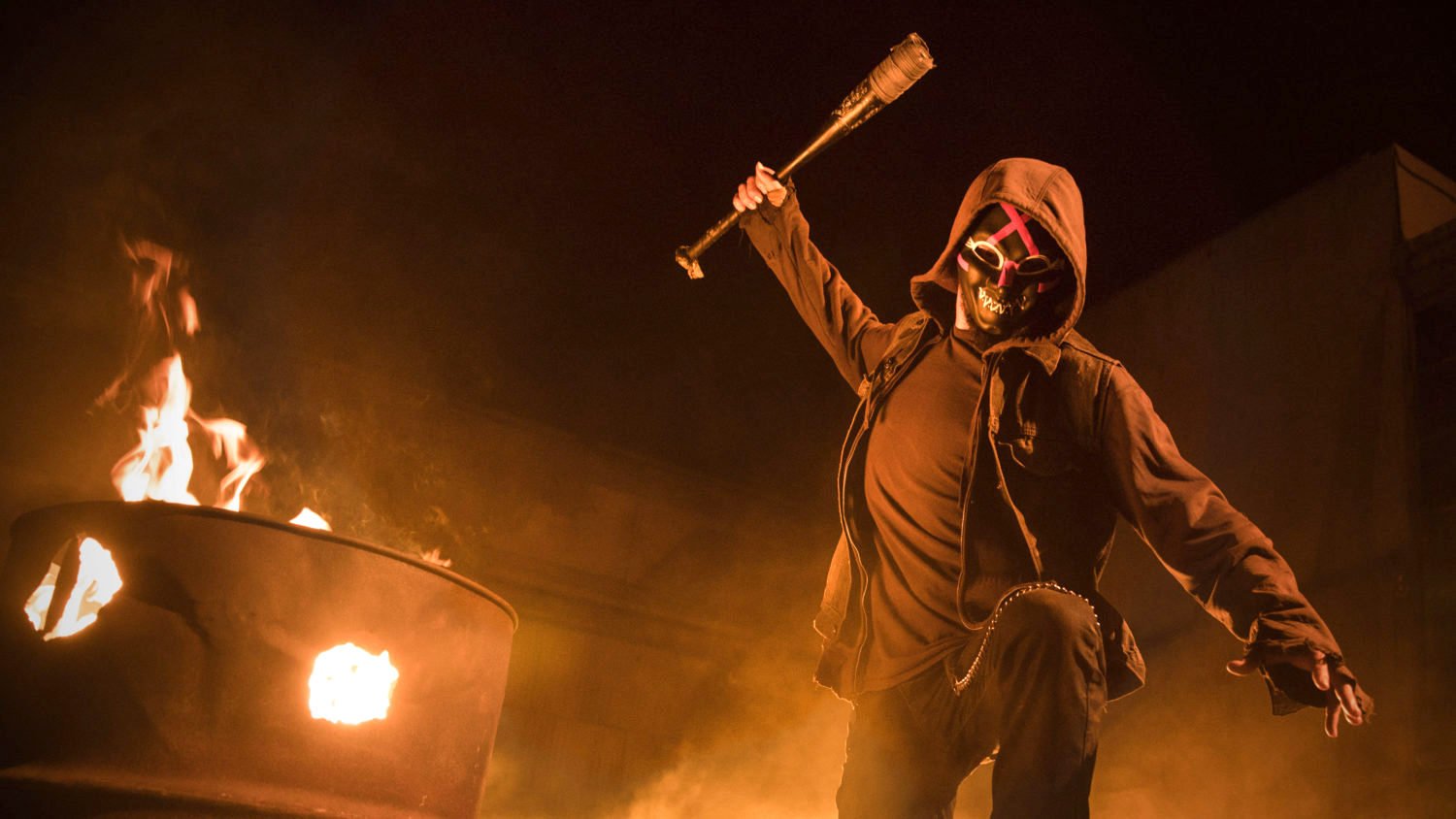
Blumhouse Television has already produced a series adaptation of Blumhouse Productions film The Purge, for USA Network, and is looking to reimagine Sinister, originally directed and co-written by Scott Derrickson, for television.
Josh Thomashow, VP of acquisitions at Cinedigm, which also owns horror network Screambox, says books are another major provider of horror IP. “Stephen King is the greatest example of getting IP based on novels,” he says. Among recent examples is Disney-owned streamer Hulu commissioning The Woman in Black, based on the novel of the same name by Susan Hill.
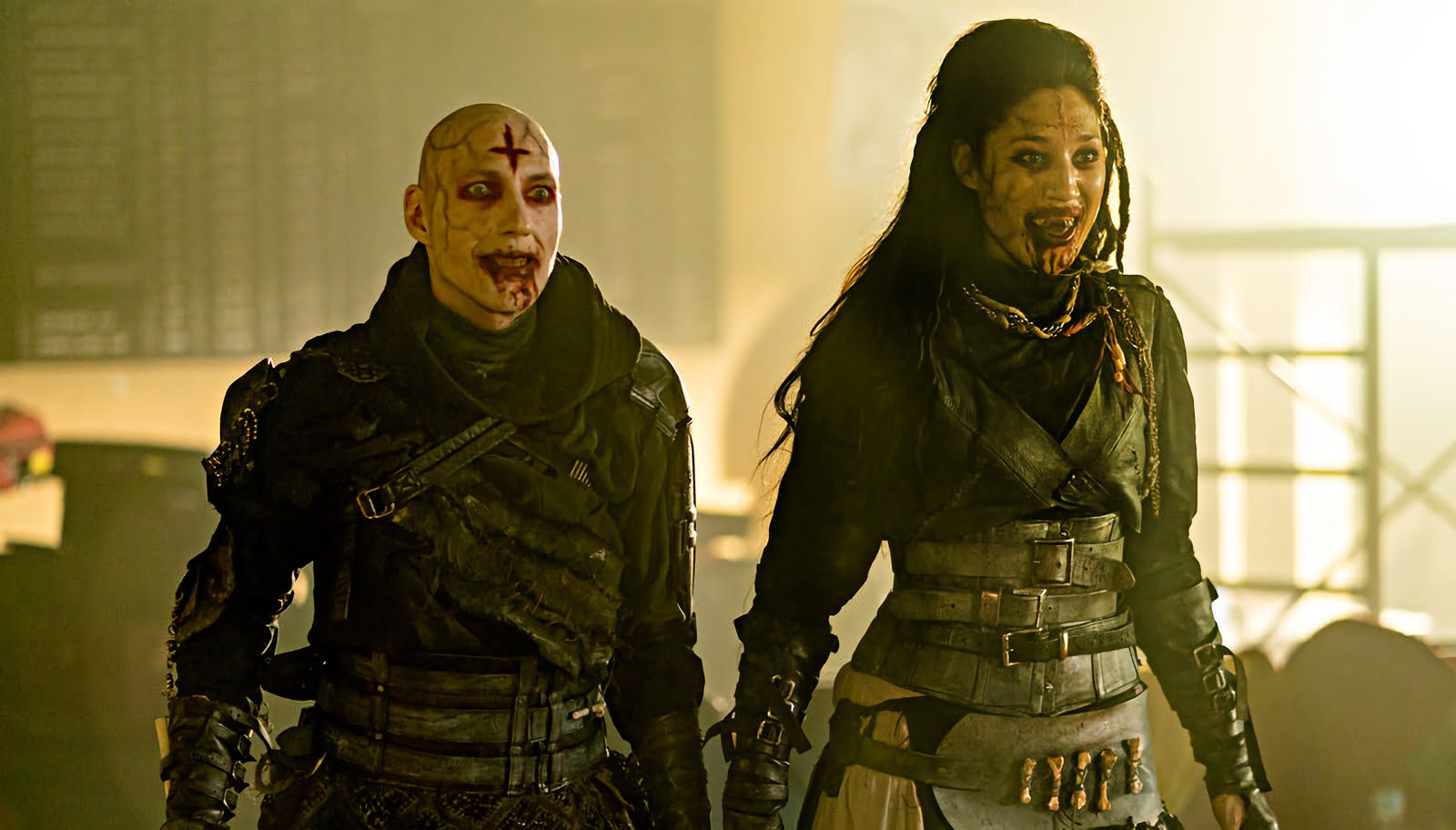
There is one great misconception with horror and sci-fi programming, according to these execs. While most would think it’s largely watched by younger-skewing males, the genre is watched almost equally by men and women. On HauntTV, the main demographic is women aged 25 to 50, according to Junner. “There’s lots of emotion to a paranormal story because they’re largely first-person accounts of what happened,” he explains. “It’s great storytelling that appeals to the female viewer.”
Dynamic’s March agrees and says scripted horror and sci-fi content is watched by 50/50 men and women aged 18 to 54. The US firm shops shows such as Van Helsing and Wynonna Earp, which he points out are led by female characters, as well as plenty of non-genre programming.
So what’s the next hit sub-genre within horror and sci-fi programming? “It would be a good time to put a slasher out with Scream being rebooted,” says Bloody Disgusting’s Owen. “I think the horror genre is ripe for new slasher IP. There has already been Freddy, Jason and Chucky, so there’s a big opening for someone to come in and become the next titan of the slasher genre.”